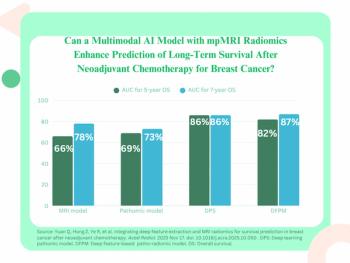
Florbetapir, PET/MR and Other Nuclear Medicine Highlights
In honor of Nuclear Medicine Week, the Society of Nuclear Medicine and Molecular Imaging highlights four major advancements in the field.
It’s Nuclear Medicine Week, which means it’s a good time to reflect on some major advances in the field this year.
The Society of Nuclear Medicine and Molecular Imaging and the SNMMI Technologist Section compiled a list of four highlights:
• FDA’s approval of
• The first results of PET/MR in clinical use
• Dose optimization efforts, including Image Gently’s guidelines for nuclear medicine
• Increased use of molecular breast imaging
Looking forward to next year, the society noted that appropriate use criteria for amyloid imaging will be released, and the FDA is expected to approve radium-223 for treatment of recurrent prostate cancer. “We are hopeful that several other radiotracers will be approved by the FDA in the coming year as well,” Frederic H. Fahey, DSc, SNMMI president, said in a statement. “In addition, SNMMI’s global initiative will also be well underway and a worldwide collaboration will be in place to advance the field.”
What are some other notable nuclear medicine moments from this year?
Newsletter
Stay at the forefront of radiology with the Diagnostic Imaging newsletter, delivering the latest news, clinical insights, and imaging advancements for today’s radiologists.




























